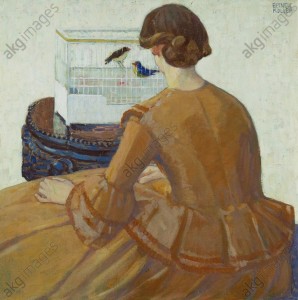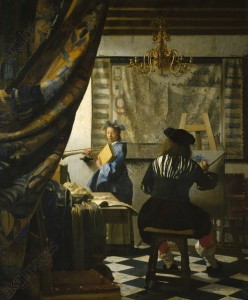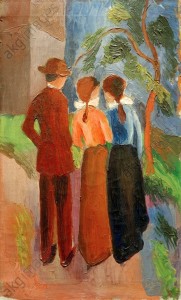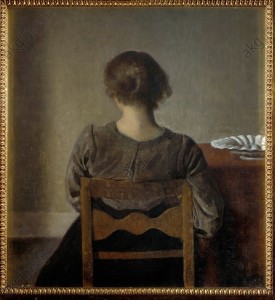Turn around, bright eyes

A week today, the Australian singer/songwriter Sia releases her sixth studio album, 1000 Forms of Fear. You may not recognise Sia’s name, but if you have even a passing interest in current pop music, you’ll know some of the songs for which she has been responsible. For most of 2013 it was almost impossible to avoid Rihanna’s Diamonds, which is one of Sia’s compositions, and Sia herself has sung on a couple of massive hits for David Guetta (Titanium) and Flo Rida (Wild One). She’s also written for Beyoncé and co-executive produced Kylie Minogue’s most recent album, and she has had songs on the movie soundtracks for The Great Gatsby, The Hunger Games – Catching Fire and The Twilight Saga: Eclipse.

Last year, she appeared on the cover of Billboard magazine with a paper bag over her head and shared her Anti-Fame Manifesto. Sia doesn’t want to be famous and she doesn’t need to be famous: the songs she has written have sold in their millions and she’s financially stable enough to choose how and when she wants to perform as a singer. This has made the promotion of 1000 Forms of Fear exciting to watch. Written into her record contract is the stipulation that Sia does not have to do any promotion at all to market her album. Instead, she has been able to pick and choose where she wants to perform and do so on her terms. She appeared on Ellen to sing the first single from the album, Chandelier, but chose to face away from the camera and had 11-year-old Maddie Ziegler, complete with Sia wig, recreate the music video for the song (which at the time of writing this blog post, has already been watched over 41 million times on YouTube). Another performance for Late Night with Seth Myers had Lena Dunham, also wearing the Sia wig, performing an interpretive dance piece whilst Sia herself sang Chandelier while lying face-down on a bunkbed.

It’s not that no one knows what Sia looks like: she has been photographed in the past and will allow herself to be photographed if it promotes any of the charities she supports, but it’s still mysterious to see someone on television facing away from the camera to perform. We often get requests from clients looking for images, usually vintage photographs, of women with their backs turned from the camera. The photographs are to illustrate the cover of a new novel and faceless women (and occasionally men) can be especially intriguing on the front of a book, drawing the prospective readers in and allowing them to imagine the character’s face for themselves. Crucially, not being able to identify the person in the photograph also minimises any possible personality rights issues, especially as photography pre-dates the invention of the model release by a century!

Rather than focussing on photography in this blog post I was intrigued by the idea of paintings that show women and men from behind. Unsurprisingly a lot of the images I found were nude figure studies, done to help artists with their understanding of anatomy, which also explains why so many paintings of nearly-naked Venuses have the goddess hiding, or at least partly obscuring, her face. Vermeer, of course, hides the identity of his artist in The Art of Painting, and Caspar David Friedrich was no stranger to painting the backs of people’s heads, but what surprised me was how many of the paintings showed figures in a landscape. A cynic could argue that this is because landscape artists can’t paint faces, but you could equally argue that the landscape painter has chosen to paint the figure from behind so that the figure becomes part of the landscape. If you have someone looking outward of a landscape painting, the painting becomes much more a portrait of a person surrounded by some trees. If you see a person’s face in a painting, it’s impossible for us not to connect with that face. Even if the face is abstracted or distorted, it’s natural for us to look for eyes, nose and mouth, which explains why Jesus seems to appear so often in frying pans, tortillas and in the toilets in Ikea. So, although Sia chooses to perform on television with her back turned, we still need to see someone whilst she performs, to help us connect to the song and the singer, whether it’s Lena Dunham or Maddie Ziegler.

I have chosen a selection of artworks from the akg archive that show people from behind, their faces obscured and their identities sometimes unknown. I couldn’t, unfortunately, find one that had Sia’s blonde bob, so do let me know if you spot a lookalike (from behind!) in the archive.